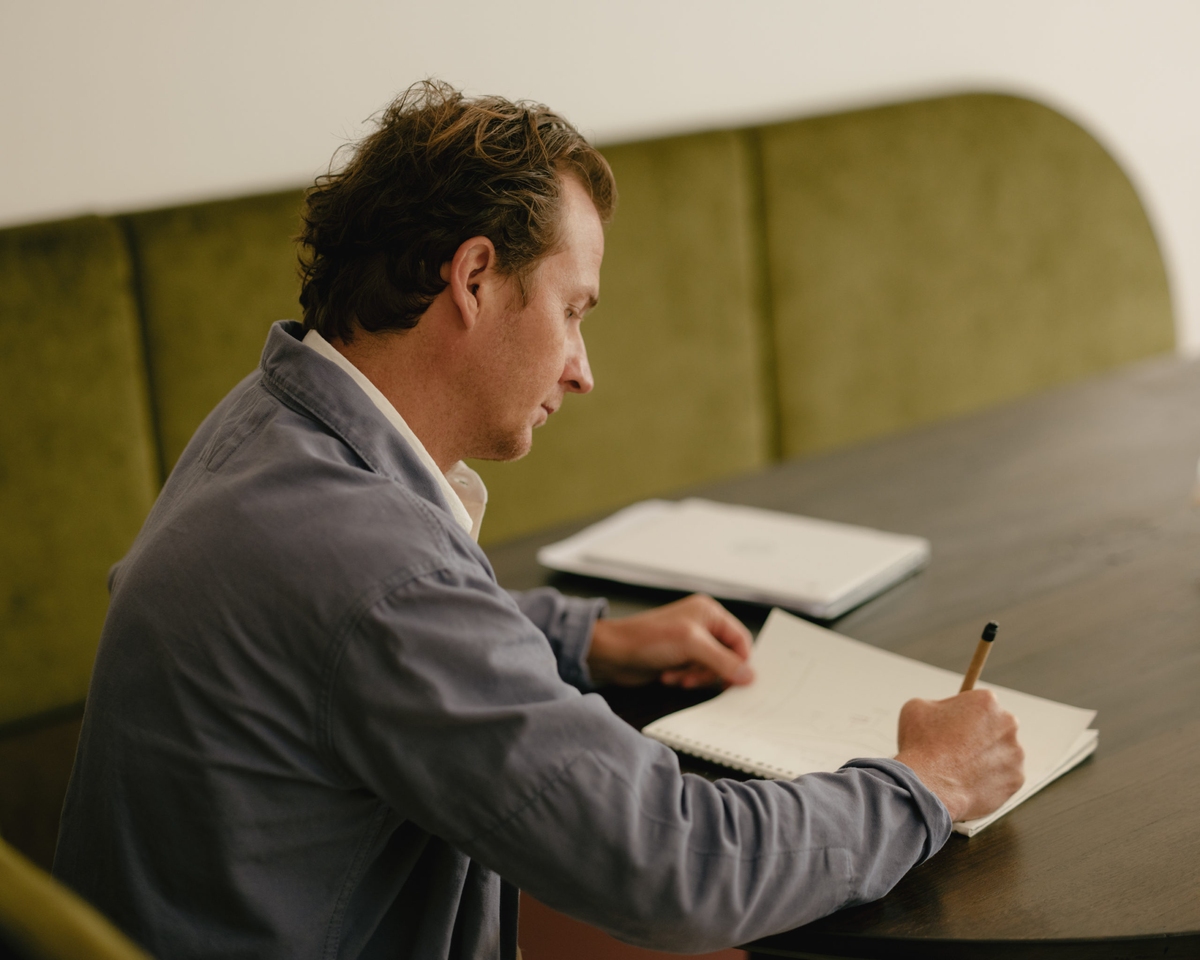Building sustainability from the start
Insight

Tell us a little about Sustainable Development Consultants.
We’re a consultancy entirely focused on sustainability in the built environment. We’re getting close to being around for 20 years, so we’re probably one of the early entrants in this sector. We’ve been on an amazing journey – from sustainability being regarded as just marketing to gloss up a project to one where it’s now essential.
How did you become involved with SRL?
We began by working with them on how they can better engage in the sustainability space and set themselves up to ensure that it’s part of every project. We want to make sure they have general approaches and principles that they can apply to each project, rather than having to figure it out every time.
Then on specific projects, we also work at a couple of levels. There are sustainability requirements at the planning stage of a job, where various assessments and reports need to go to council. There are also more voluntary elements, which are mainly Green Star considerations.
Are there minimum Green Star requirements for the kinds of projects SRL undertakes?
No, Green Star isn’t required at all! It’s a voluntary initiative, whether you go for four, five, or six stars. It’s encouraging that SRL wants to do things differently in the neighbourhood centre space – not just to comply but to do far better. Part of that is driven by the fact that the company holds onto the projects for the long term.
What would be an example of those benefits?
You can invest a lot more in onsite energy generation, for example. If you have green electricity that you are producing onsite, you’ll benefit in the common areas of the building. Your tenants will also benefit, which translates to increased attractiveness of the premises.
Speaking about Wollert Neighbourhood Centre specifically, is there a sustainability measure you are particularly excited about?
There are a few. The architect has a solid focus on low embodied energy materials to reduce upfront carbon. That’s an interesting one.
Of course, energy procurement and generation will be green power as well. We’ll be generating as much as we can on-site. There will also be an embedded network in the project, and the energy that goes into that could be from a power purchase agreement to ensure it comes from solar or wind.
And then there’s reducing the energy demand of the project upfront, so that means having as many passive design features in the project as possible.
The other aspect of the Green Star buildings tool is it extends beyond your energy, water, and material elements. There’s more of a focus on people and enjoyable spaces that can benefit the community. That’s what Wollert does very differently and much better than other neighbourhood centres. That’s probably, from my perspective, one of the most exciting things about that project.
Do you feel the wider community is interested in these initiatives?
I think people’s expectations are increasing in this area, which could be driven by rising energy prices and the current inflationary environment. Having a project demonstrating firsthand how you can be more sustainable is great for awareness and modelling.
When the Wollert Neighbourhood Centre is complete, what will you want to see most?
I’d love to see the space with people using it and enjoying it and knowing the energy strategy rolled out with 100% green power.
The other aspect is with a low-carbon upfront materials approach; it will appear built from more natural materials. That has a warmth about it, in my opinion, which connects people closer to nature. And we know that has a lot of benefits to people’s wellbeing.
